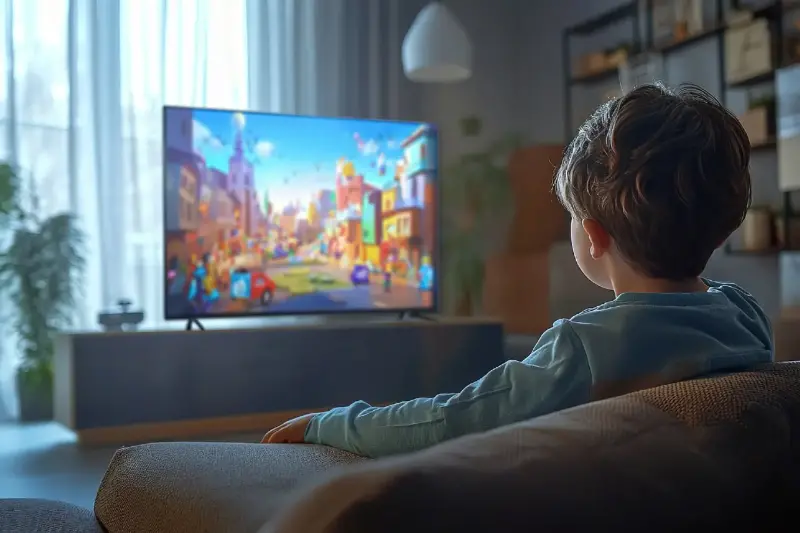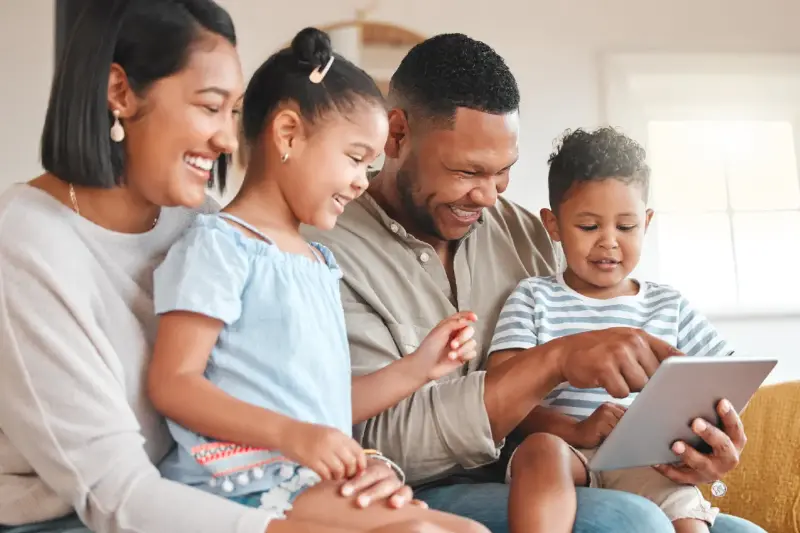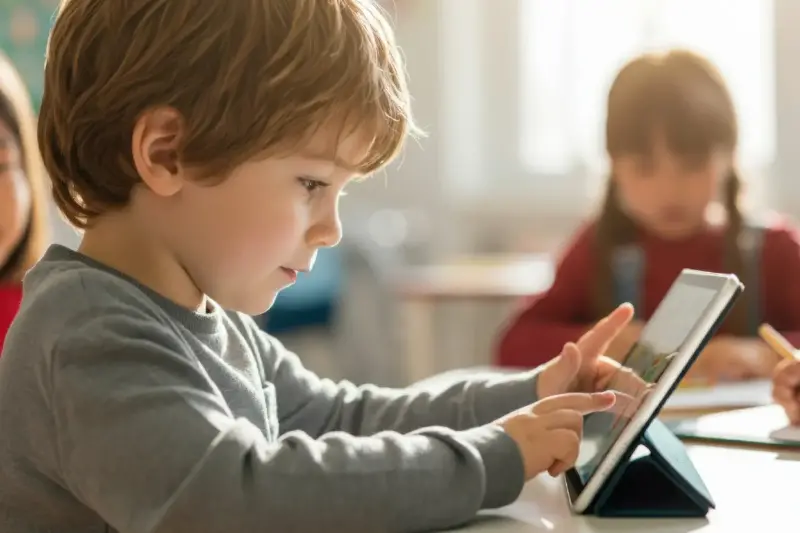From the moment toddlers giggle at funny viral cat clips to when teens scroll through social media feeds, screens and digital media weave through the lives of today’s youngest generation. For parents, caregivers, and anyone watching little fingers glide over touchscreens, it is both fascinating and concerning to wonder: how do children actually experience these glowing portals? What magic—and mischief—do they find behind the glass? Let’s take a journey into the world as it’s seen through a child’s eyes, using insights from child psychology and media studies to unravel the impact, allure, and developmental twists of growing up in a digital landscape.

How Screens Look To A Developing Mind
To adults, a smartphone is a tool, a toy, and sometimes a time-sink. For children, especially the very young, screens can seem like an animated storybook, a talking friend, or even a mysterious window into new worlds. Research in developmental psychology suggests that children under the age of two learn best through real-life interactions. Yet, their fascination with moving images and bright colours is undeniable.
When infants see a screen, their brains are working overtime to process what’s happening. Unlike adults, who understand that what happens on a screen isn’t “real,” younger children often blur the boundaries. A five-year-old might wave at a cartoon dog or try to feed their biscuit to a smiling character on a tablet, genuinely thrilled by the idea the character might respond. The American Academy of Pediatrics notes that young children struggle to learn as effectively from media as they do from physical, three-dimensional play, yet they are enchanted by the cause and effect of taps, swipes, and pop-up responses.
The Rise Of “Co-Viewing” And Digital Storytelling
Screens don’t just replace traditional toys; they add new dimensions to storytelling. Today’s digital narratives involve interactive songs, choose-your-own-adventure games, and educational puzzles. A significant concept in media studies is “co-viewing”—when parents or caregivers watch, play, or interact with digital media alongside their children. Co-viewing can help little ones make sense of what they see, connect virtual experiences to real-world concepts, and even foster language development.
Family media sessions are now a modern form of storytelling time. Instead of just reading a bedtime book, parents might play an animated story app with their child, pausing to ask questions about the characters or plot. These shared experiences can deepen comprehension and emotional connection, helping bridge gaps between digital and “real” life.

Social Mirrors And Early Self-Image
For older children and tweens, social media begins to cast a different kind of spell. Platforms like Instagram, YouTube, and TikTok introduce the idea of creating and curating identity. Unlike adults, children’s grasp of reality and performance is still forming. They may imitate influencers or become deeply invested in likes and comments, sometimes not understanding the difference between genuine connections and online performance.
Developmental psychologists warn of the so-called “social comparison trap,” where children measure their worth by digital approval. However, there is also a positive side—exposure to global cultures, creative expression, and collaborative play that can be enriching. Many educators encourage guided use: rather than forbidding social media, helping children reflect on what they see and how they feel about digital interactions.
Attention Spans And The Brain On Pixels
One common concern is whether all this swiping, tapping, and screen time may affect attention spans or critical thinking. Research indicates that rapidly shifting digital content can challenge children’s focus and may make it harder to persist with less stimulating, unplugged tasks. However, not all screen time is equal—educational content, creative games, and interactive video calls with family are very different from mindless scrolling.
Experts recommend variety and balance, pointing out that physical activity, face-to-face play, and creative downtime work together with digital moments to support overall development. Some studies show that educational apps and programmes, when used intentionally, can even boost vocabulary, problem-solving, and collaborative skills.

Understanding Media: From “Screen Zombies” To Mini Media Critics
Rather than seeing today’s children as passive “screen zombies,” growing research highlights their capacity for critical thinking and media literacy—if it’s fostered. Even from a young age, children begin to notice patterns, spot advertising, and question the motives behind their favourite characters. Parents and teachers play a key role in nurturing scepticism and curiosity, often simply by asking, “What do you think is happening here?” or “Do you think everything we see online is true?”
Sharing these conversations helps children learn to assess what they consume, avoid digital pitfalls, and develop a healthy sense of agency in the media-saturated world around them. The goal isn’t to remove screens but to empower children with tools and questions they can bring with them into adolescence and adulthood.
Peering through the lens of a child, screens are much more than entertainment—they are playgrounds, books, mirrors, and classrooms. Children do not passively absorb what’s on a screen; their minds weave new meanings, build connections, and ask questions about the world they’re discovering pixel by pixel.
What truly matters is not how much time children spend in front of screens, but how they spend it, who they spend it with, and what they take away once the screen goes dark. As we continue to explore this ever-evolving digital world, listening to children’s perspectives and guiding their journeys offers us all a clearer, more compassionate lens for understanding the role of media in our lives.
